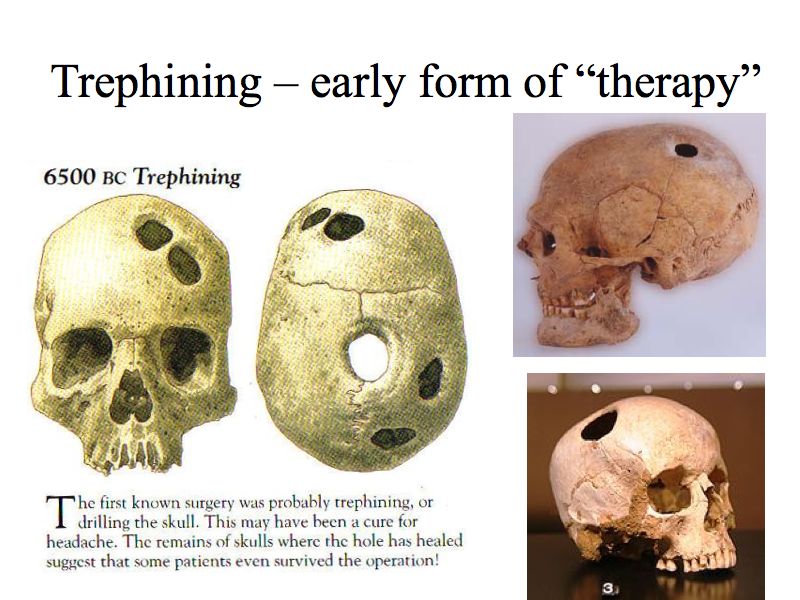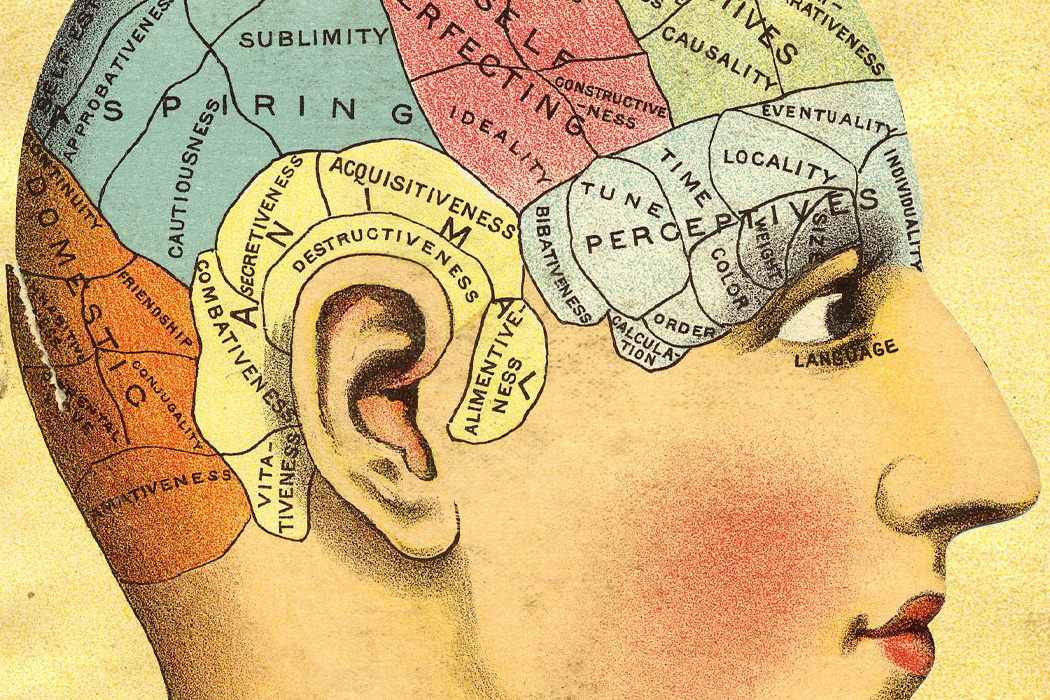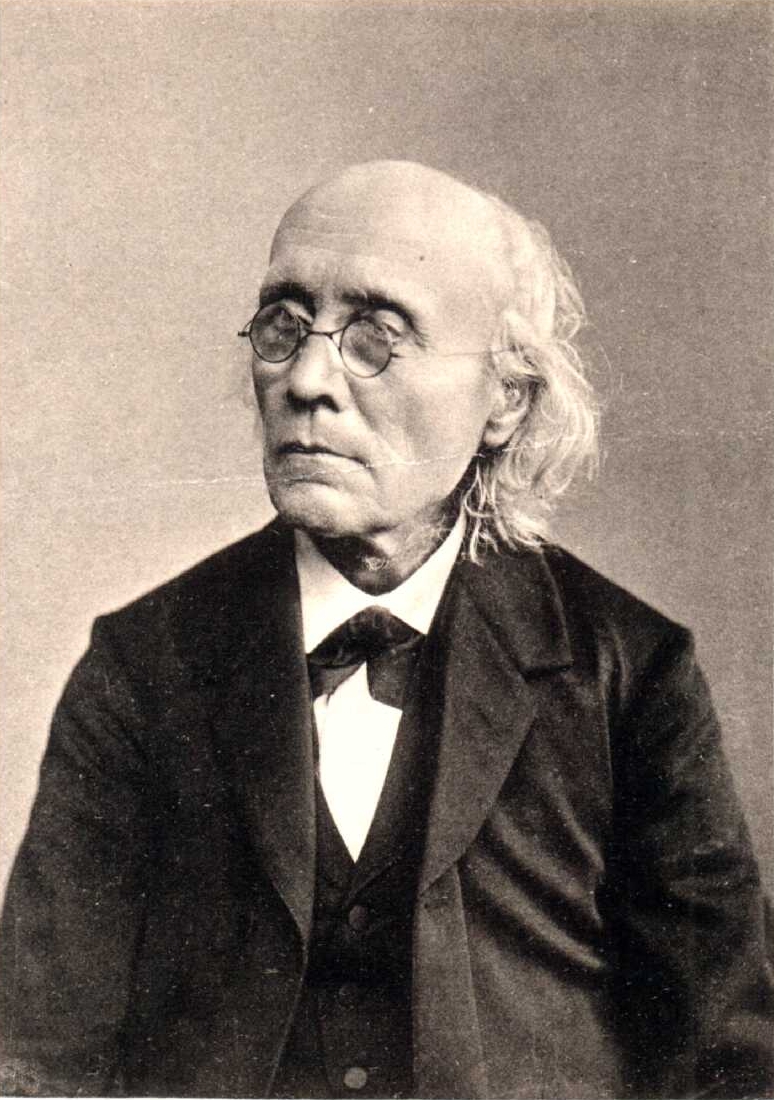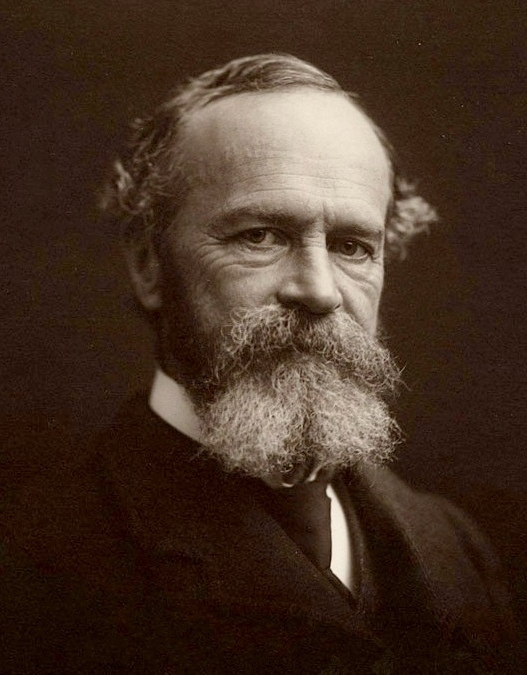INTRO TO PSYCHOLOGY
3. Methods Used in the History of Psychology
The treatment of people who might have had some type of psychological problem has not always been humane throughtout history.

Other inhumane treatments were used well into the 20 century. Lobotomy (brain surgery, which often changed a persons personality) electroshock and drug therapy, restraints, and forced sterilization were used to deal with mentally ill patients.
Electroshock
Kinder gentler, less invasive techniques were also used as the "talking therapy" became more popular.
Hypnotism
FreeAssociation
Early Ideas that lead to Psychology
In the early 1800s, there was no distinct science of psychology. The word psychology was used to label a branch of philosophy concerned with human consciousness. The term scientist itself did not come into general until the 1840s. Yet from that era emerged two influential ancestors of scientific psychology: phrenology and psychophysics
phrenology-The original idea for phrenology came from Francis Gall, who made a reasonable-sounding assumption: brain areas should grow when exercised, like muscles. Therefore (he reasoned) the shape of the skull should reflect the size or development of the underlying brain tissue, and a bump on the skull might indicate well-developed brain tissue below. This has since been discredited.
Psychophysics refers to the interaction of the mind (psyche) and the physical world (physics). Psychophysicists were interested in how information from the physical world (such as light and sound) was translated into mental experience (such as the perception of brightness and loudness).
The New Psychology
William Wundt (1832-1920) was the first professional to call himself a psychologist. He founded one of the first psychological laboratories in Leipzig, Germany, in 1879. Wundt believed the "only certain reality is immediate experience" (Blumenthal, 1975). If psychology were to be a science, then psychologists would have to collect data about experience. To do this, Wundt used procedures similar to those developed by the psychophysicists. He arranged controlled laboratory settings. He carefully administered stimulation such as sounds and sights. He gathered information about how quickly people responded to a stimulus (reaction time) and what they experienced. Wundt believed these experiments would lead to a consensus or agreement among
Structuralists school of thought
This school of thought developed out of Wundts ideas. One of his students, Titchener was instumental in establishing these ideas. Structuralists focused on breaking down mental processes into the most basic components. Using a process known as introspection, trained subjects would attempt to break down their responses and reactions to the most basic sensation and perceptions. Structuralist used scientific methods, that many would now consider limited, unreliable and subjective.
Funtionalism
Another approach to psychology, formulated in the 1890s, was the functionalism of William James (1842-1910). James is often described as the father of American psychology. He regarded the mind as a process, a function of the organism. By the 1890s scientists were well acquainted with Darwin's basic idea that humans had evolved from simpler animals, and James related psychology to Darwin's theory. James argued that consciousness must have evolved because it was useful for something. In other words, it had a function. If we wanted to understand the origins and purpose of a psychological phenomenon, James suggested, we should ask what it was used for.
Functionalists paid more attention to overt observable behaviour as a means of explaining mental processes, and emphasized individual differences. They focused more on the purpose of how behaviour actually works to help people live in their environment. Functionalists utilized methods such as direct observation. Some of these ideas have been incorporated into behaviour and educational psychology.
Mary Whiton Calkins (1863 - 1930), Connecticut was an important figure in early Psychology. After struggling to find schools who would admit her, She was finally allowed to sit in on lectures at Harvard, studying under William James, Josiah Royce, and Hugo Munsterberg. She presented her doctoral thesis in 1895, but was not granted a degree as she was a woman. She taught at Welsley college, wrote hundreds of papers, and became the first woman president of the American Philosophical Association in 1918.
adapted from http://www.intropsych.comCopyright © 2007 Russ Dewey
About Psychology.com

Phrenological assumptions about brain function and personality. Note how this model attempts to explain how functions of the individual's brain are localized.

